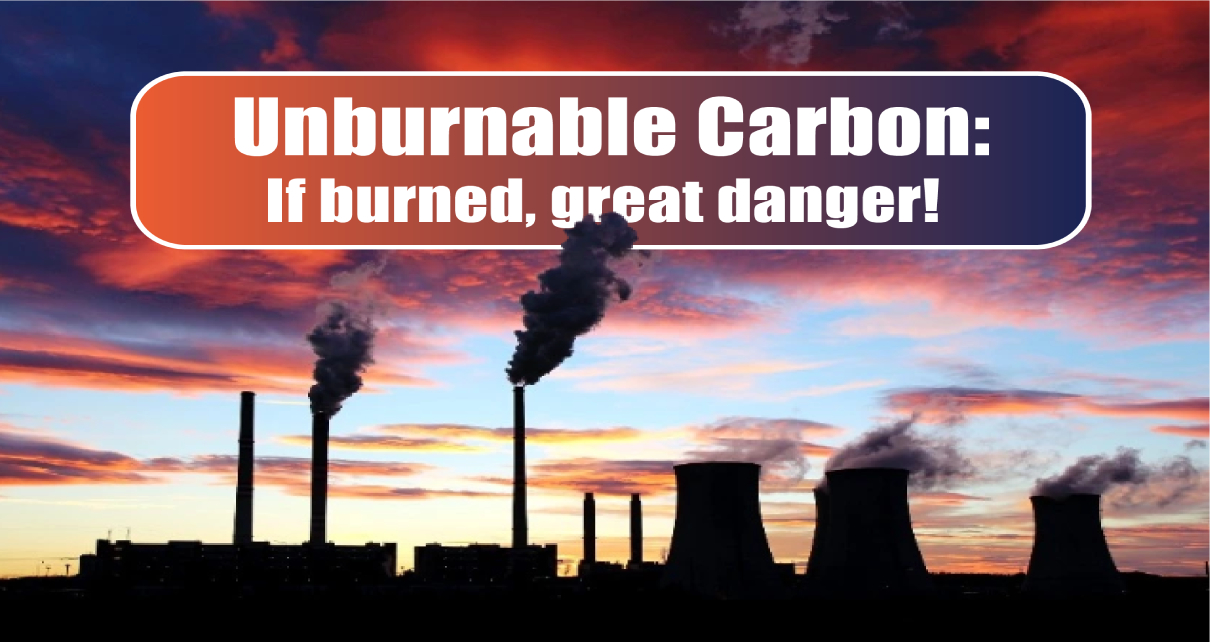
I. Introduction: Unburnable carbon
As fossil fuels such as coal, gas, and oil are burned, the global temperature rises further and further. To avoid worse impacts, 195 countries worldwide agreed to keep the global temperature rising to no more than 2 °C, which would not be possible if all the world's oil, coal, and gas reserves were burned. Even if current Carbon Capture and Storage (CCS) technologies work at their most optimal level, most fossil fuel reserves cannot be burned.
Therefore, the term "unburnable carbon"; refers to fossil fuel energy sources that cannot be burned physically. Unburnable carbon is also known as "stranded assets"; or fossil fuel reserves that are known and commercially (or economically) extractable but would exceed the carbon budget if consumed (Grantham Institute, 2016)
The carbon budget is a science-based method for determining how much carbon humanity can "spend”. The higher the probability of limiting warming to no more than 2°C, the tighter the budget. In order to have a 50% chance of reaching the 2°C warming limit, at least 62% of the world's fossil fuel reserves (oil, gas, coal) must remain in the ground, unburned. To have a 75% chance of reaching the 2°C warming limit, at least 77% of the world's fossil fuels cannot be burned.
Coal is the fossil fuel with the highest proportion of unburnable fossil fuels; 88% of the world's reserves are unburnable. Therefore, for the time being, CCS and the transition to renewable energy sources are the only viable long-term solutions. While these are very costly measures for oil companies, the cost of reducing greenhouse gas emissions and mitigating climate change once the carbon budget is exceeded would be 4-8 times higher than the current cost of taking these measures.
Views: 1
Notifications
Receive the new articles in your email








